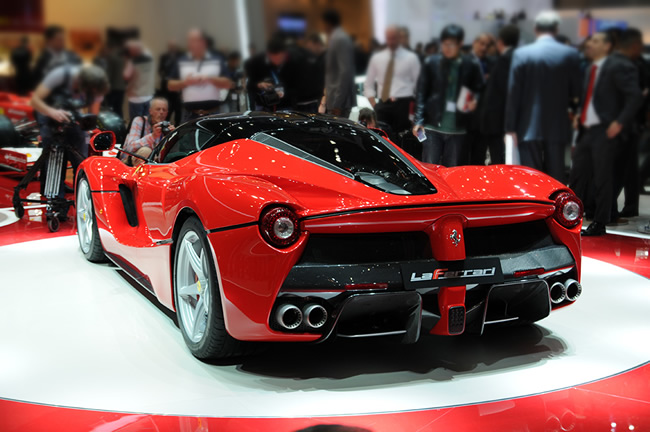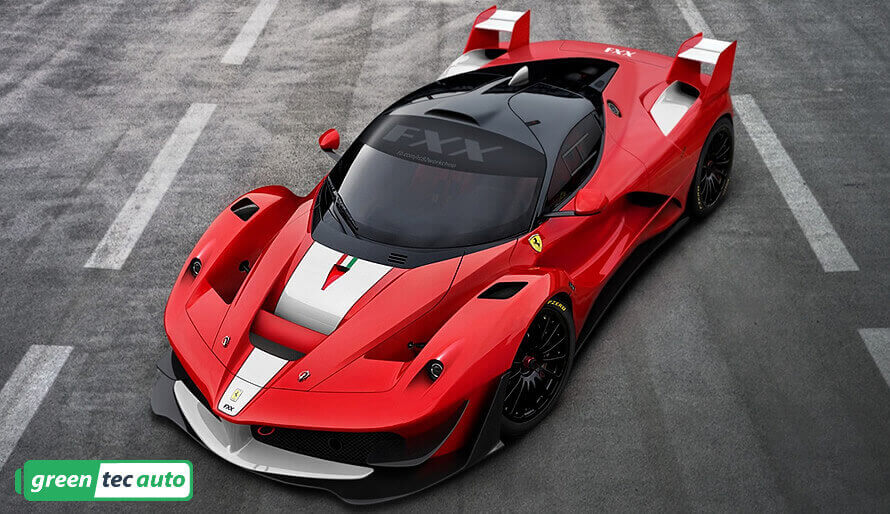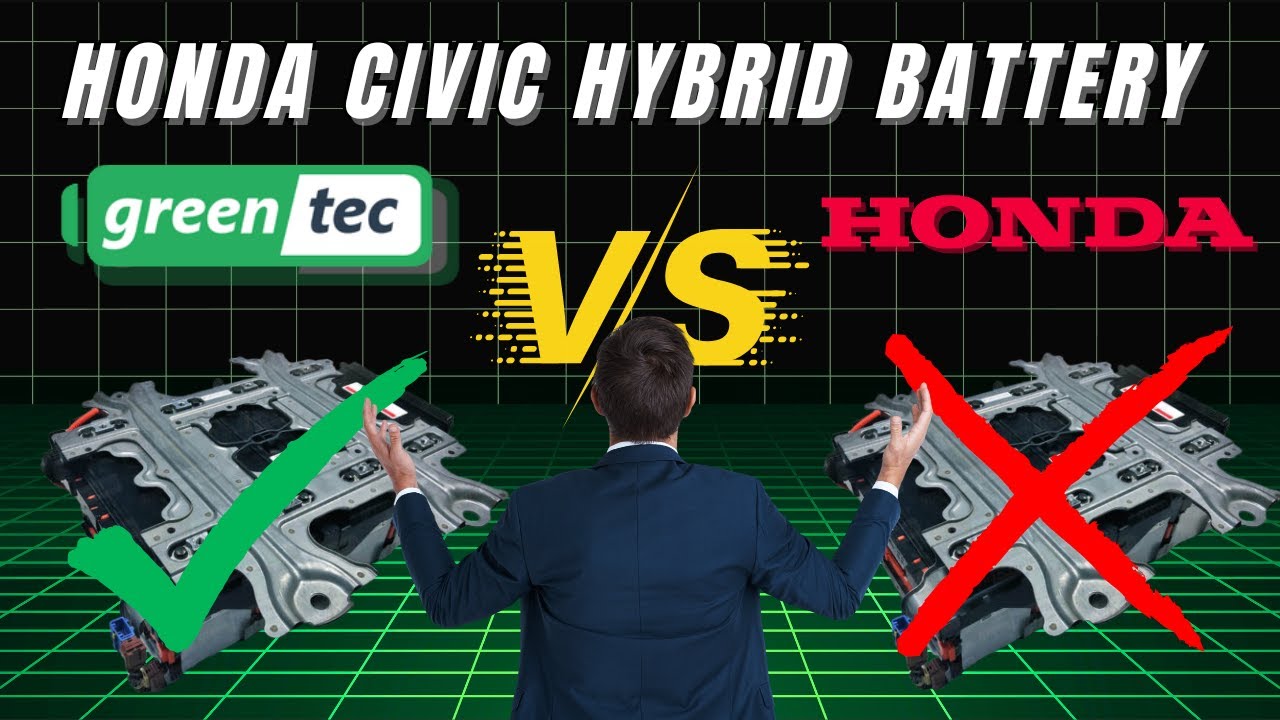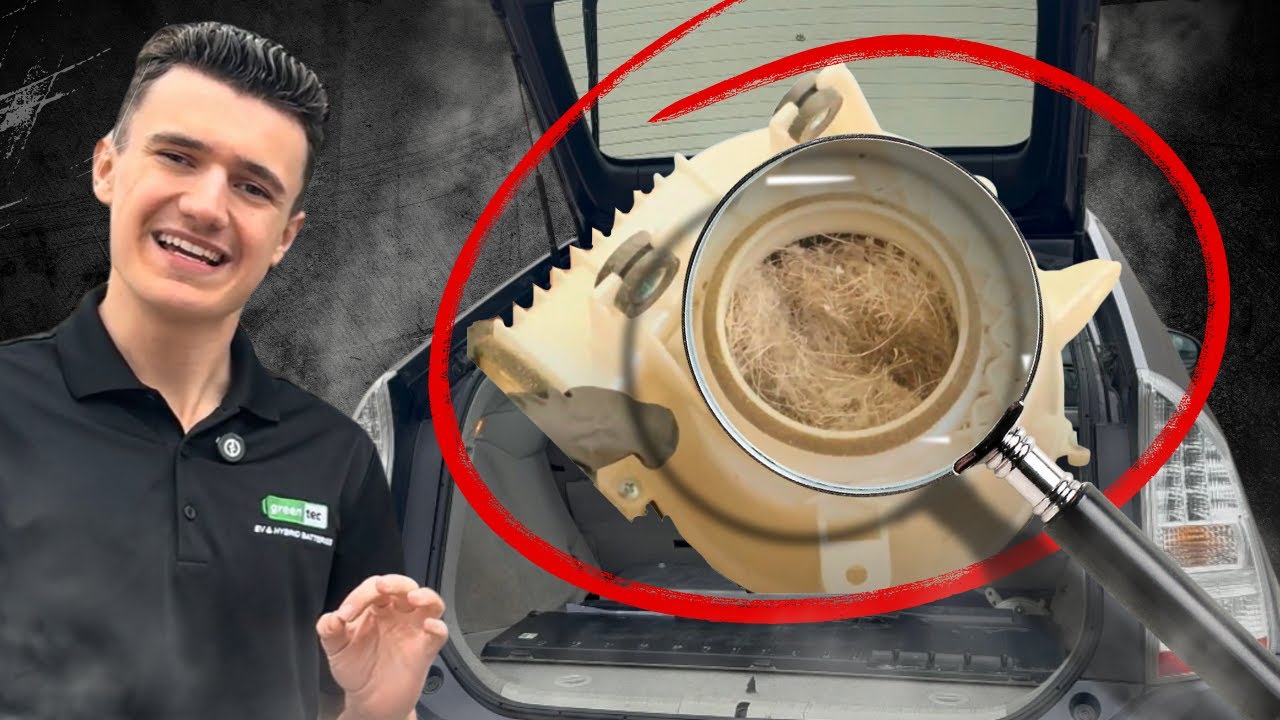Ferrari’s new ‘mild hybrid’ LaFerrari supercar produces 963 hp
Ferrari adapted a Formula 1 racing technology to produce a hybrid supercar that uses a bit less fuel, emits fewer grams of CO2 and, oh by the way, accelerates to 60 mph in less than 3 seconds. The Ferrari LaFerrari captures excess power under braking or when the engine produces a surplus of power (which you might say is “always”) to a battery pack and then to two electric motors. One provides boost to the V12 gasoline engine and the other drives accessories. LaFerrari’s HY-KERS (hybrid kinetic energy recovery system) system runs along with the engine, never on its own, so it is technically considered a mild hybrid, just like the Honda Civic and Chevrolet Malibu.
LaFerrari, also known as the F70 and F150, was introduced at the 2013 Geneva Motor Show. Along with the Frankfurt Auto Show that happens only in odd years, they’re the world’s biggest auto shows. This year’s auto show was a celebration of high-performance cars and green cars, or a twofer in Ferrari’s case, as well as mainstream cars for European and world markets.

How HY-KERS (hybrid kinetic energy recovery system) works
Hybrid technology is all about capturing and recycling energy that would otherwise be wasted. The Toyota Prius family is the best example in the passenger car realm with active hybrid technology that lets the vehicle run a mile or two on battery before the gasoline engine kicks in. In the racing world, KERS adds power on top of what the combustion engine produces, just like a turbocharger boosts acceleration.
Two exotic methods include spinning up a flywheel under braking or transferring the power to ultracapacitors (supercapacitors). Both are good for five to 10 seconds of boost, either because that’s all the storage systems hold, or because the sanctioning body limits the driver to a fixed amount of boost per lap. Ferrari diverts the energy to a pair of battery packs bolted to the carbon fiber frame of the vehicle. One is for the propulsion system while the second provides power to electrically driver accessories that could include the radiator fan, windshield wipers, air conditioning, or the audio system when you crank it up to 11.
Usually there’s a limit to how quickly you can push power into a battery pack. Ferrari says it can charge the battery even under full braking that activates ABS. The engine can also charge the battery directly, just as mainstream cars do through their alternators. The electric motor outputs 120 kW or 163 hp on top of the engine’s 800 hp. Top speed is 217 mph or 350 kph. (See: KERS of the hybrid car: Flywheels and ultracapacitors give you a 10-second jolt.)
Environmental gains are modest: LaFerrari emits 330 grams of CO2 per kilometer in the European emissions testing cycle, about 10% less than a current Ferrari V12. A prototype that can run on battery power reduces LaFerrari’s emissions to 220 grams per kilometer. Ferrari says LaFerrari isn’t an active hybrid (Prius-like) because that’s not part of the car’s mission, currently. There’s a lot of complaints about pollution from supercars, although it’s also limited by small production volumes and limited driving. Many Ferraris see only 3,000 miles a year added to the odometer.
The price will be an estimated 1 million euros ($1.3 million) and production will be 499 units.
Ferrari says it will vet the list of would-be buyers, currently at 700-plus, in hopes of delivering the cars to enthusiasts rather than speculators. It’s a successor to the Ferraro Enzo supercar.
Source: ExtremeTech




